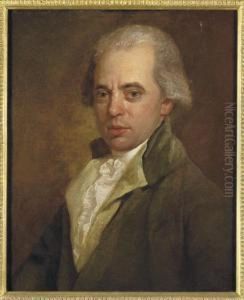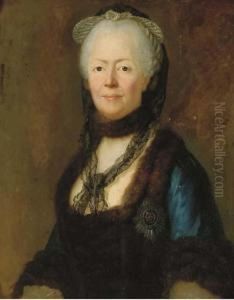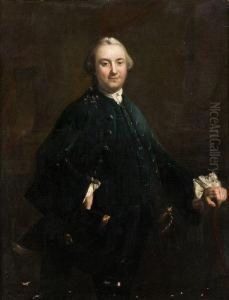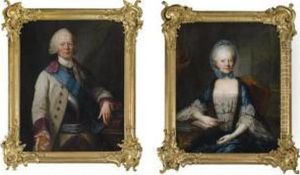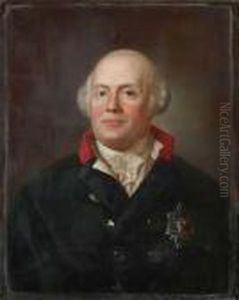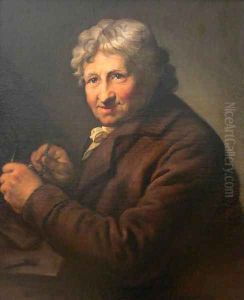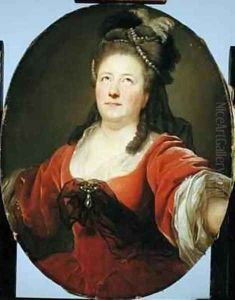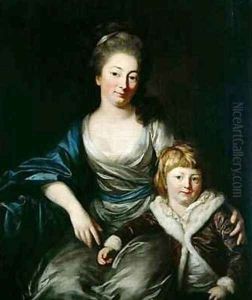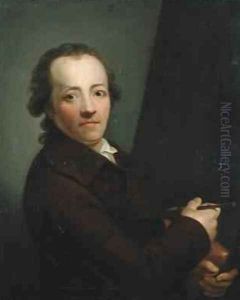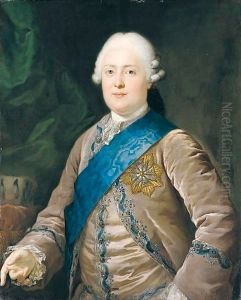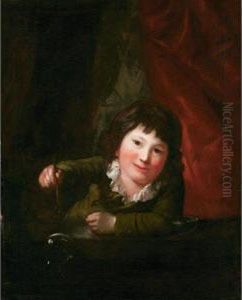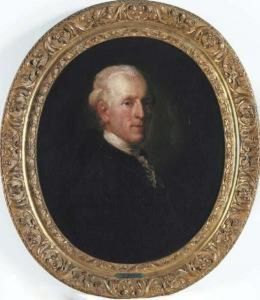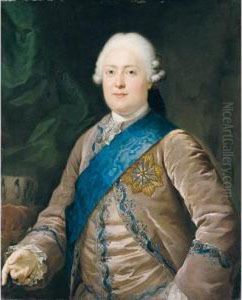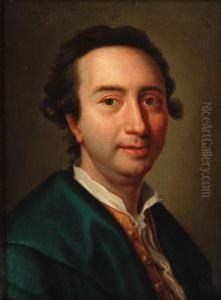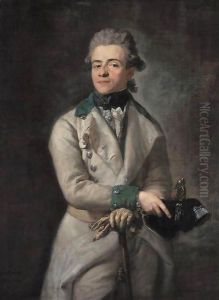Anton Graff Paintings
Anton Graff was a Swiss portrait artist born on November 18, 1736, in Winterthur, Switzerland. He showed a proclivity for art from a young age and was initially taught by his father, who was a painter himself. Graff’s talent became evident early on, and he received formal education in painting at the age of sixteen in Ansbach.
In 1756, he moved to Augsburg to study under Johann Heinrich Eichler and later to Dresden to work under the highly regarded portraitist Christian Wilhelm Ernst Dietrich. Graff's reputation as a portraitist grew quickly, and he became known for his keen eye for detail and his ability to capture the character and personality of his subjects.
During his time in Dresden, Graff was appointed as a professor at the Dresden Academy of Fine Arts. He became one of the most sought-after portraitists in Germany, painting portraits of notable figures of his time, including Frederick the Great of Prussia and Christoph Willibald Gluck. His work was characterized by the clarity of depiction and a focus on the individuality of his sitters, which was a departure from the more stylized portraiture of the time.
Graff's portraits are notable for their realistic depiction of textures and fabrics, as well as the lifelike representation of skin tones. His skill in capturing the psychological depth of his subjects was remarkable for the period and contributed to his widespread fame.
Anton Graff's career spanned over five decades, during which he produced more than a thousand portraits. His work provides an extensive visual record of the cultural and intellectual figures of the German Enlightenment and the late 18th century. Graff died on June 22, 1813, in Dresden, leaving behind a legacy as one of the foremost portraitists of his era.

